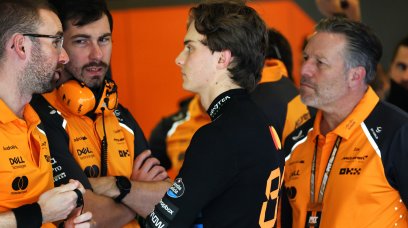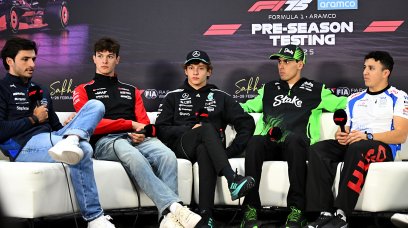Ferrari might not have won at Monza but, even if they were defeated by Red Bull, the Italian Grand Prix cannot be considered a failure, quite the contrary. From a pure sporting point of view, Ferrari's second-place result can be considered only partially satisfactory but, from a technical point of view, the F1-75 has returned to being the car that was giving the RB18 a hard time in the first part of the season, even on tracks considered easy to conquer for the Milton Keynes team. In the three races that preceded the Monza race, the F1-75's track performance seemed totally disconnected from the data that emerged from the simulations. In fact, this lack of correlation led to thoughts that Ferrari had lost its way on its development path, rather than being affected by the introduction of the Technical Directive 39, which was introduced from the Belgian GP. Monza has in fact highlighted how both hypotheses were wrong, or at least the one relating to the impact of the FIA directive. The correlation between simulation data and the data collected on the track appeared to shine a light in their comparative analysis between the two floors; the pre-French GP one and the one adopted from Paul Ricard onwards.
The choice made on the latter was in fact motivated by the specific characteristics of the Monza track, where smoothness was a primary factor in the performance equation. Nonetheless, the comparative test also had a positive influence in determining the suspension settings and ground clearance, which made the F1-75 regain overall competitiveness. A result, which was by no means taken for granted on the eve of the weekend, considering the characteristics of the track, which was much more favourable to the Red Bull RB18. Ferrari had opted for an extremely low-downforce aerodynamic set-up, to the detriment of tyre degradation, which was inevitably going to be higher than Red Bull's. The RB18, in fact, excelling in terms of efficiency, had been equipped with wings sporting higher flap angles specifically to contain the degradation of the tyres in the fast corners. The setup used by the engineers of the Milton Keynes-based team proved to be the best, thanks to the perfect balance of the car. However, the difference in pace between the two cars was not of equivalent magnitude. In practice, Ferrari, despite suffering a higher degradation, managed to create a gap in its favour, especially in the first stint. This is very important, not so much in the competitiveness of the current championship, but in gaining knowledge for their design directions for the 2023 season. Ferrari has a solid base on which to build.
Most read







